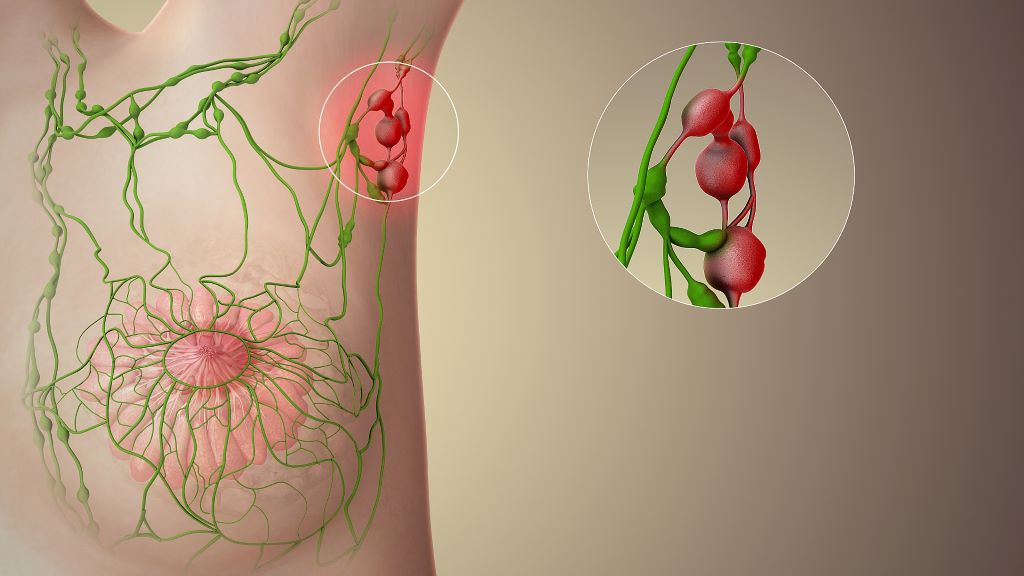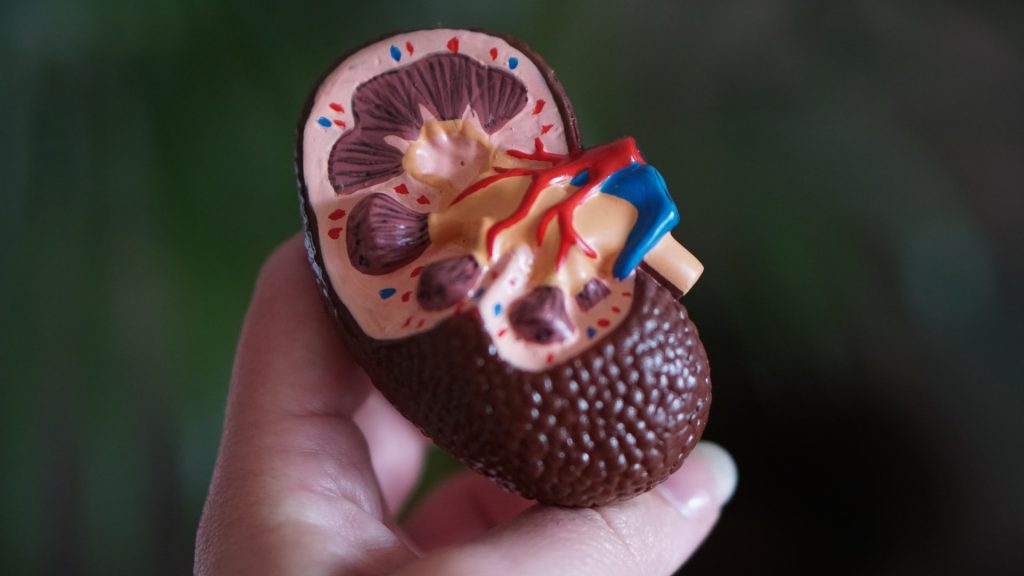mRNA-based COVID Vaccines Improved Responses to Immunotherapy

Patients with cancer who received mRNA-based COVID vaccines within 100 days of starting immune checkpoint therapy were twice as likely to be alive three years after beginning treatment, according to a new study led by researchers at The University of Texas MD Anderson Cancer Center.
These findings, which include more than 1000 patients treated between August 2019 and August 2023, were presented today at the 2025 European Society for Medical Oncology (ESMO) Congress (Abstract LBA54). The study was led by Steven Lin, MD, PhD, professor of Radiation Oncology, and Adam Grippin, MD, PhD, senior resident in Radiation Oncology.
“This study demonstrates that commercially available mRNA COVID vaccines can train patients’ immune systems to eliminate cancer,” Grippin said. “When combined with immune checkpoint inhibitors, these vaccines produce powerful antitumour immune responses that are associated with massive improvements in survival for patients with cancer.”
How was this association discovered?
The discovery that mRNA vaccines were powerful immune activators came from research conducted by Grippin during his graduate work at the University of Florida in the lab of Elias Sayour, MD, PhD. While developing personalised mRNA-based cancer vaccines for brain tumours, Grippin and Sayour found that mRNA vaccines trained immune systems to eliminate cancer cells, even when the mRNA didn’t target tumours directly.
This finding led to the hypothesis that other types of mRNA vaccines might have the same effect, and the approval and use of mRNA-based COVID vaccines created an opportunity to test this hypothesis. Lin and Grippin initiated a major effort to retrospectively study if MD Anderson patients who received mRNA COVID vaccines lived longer than those who did not receive these vaccines.
How do mRNA COVID vaccines impact immunotherapy responses in cancer?
To better understand the mechanisms at work that can help explain the clinical data, the Lin and Sayour labs at both institutions studied preclinical models. They discovered that mRNA vaccines work like an alarm, putting the body’s immune system on high alert to recognise and attack cancer cells.
In response, the cancer cells start making the immune checkpoint protein PD-L1, which works as a defence mechanism against immune cells. Fortunately, several immune checkpoint inhibitors are designed to block PD-L1, creating a perfect environment for these treatments to unleash the immune system against cancer.
These preclinical observations held up in clinical studies as well. The investigators found similar mechanisms, including immune activation in healthy volunteers and increased PD-L1 expression on tumours in patients who received COVID mRNA vaccines.
While the mechanisms are not yet fully understood, this study suggests COVID mRNA vaccines are powerful tools to reprogram immune responses against cancer.
What are the major implications of this discovery?
“The really exciting part of our work is that it points to the possibility that widely available, low-cost vaccines have the potential to dramatically improve the effectiveness of certain immune therapies,” Grippin said. “We are hopeful that mRNA vaccines could not only improve outcomes for patients being treated with immunotherapies but also bring the benefits of these therapies to patients with treatment-resistant disease.”
A multi-centre, randomised Phase III trial currently is being designed to validate these findings and investigate whether COVID mRNA vaccines should be part of the standard of care for patients receiving immune checkpoint inhibition.
What are the key data from this study on mRNA COVID vaccines and immunotherapy outcomes?
This study included multiple cohorts of several cancer types, evaluating patients who had received an mRNA vaccine within 100 days of starting immunotherapy treatment.
In the first group, 180 patients with advanced non-small cell lung cancer who received a vaccine had a median survival of 37.33 months, compared to 20.6 months in 704 patients who did not receive a vaccine. In a cohort of patients with metastatic melanoma, median survival was 26.67 months in 167 patients who did not receive a vaccine, but it had not yet been reached in 43 patients receiving a vaccine – suggesting a significant improvement.
Importantly, these survival improvements were most pronounced in patients with immunologically “cold” tumors, which would not be expected to respond well to immunotherapy. These patients, who have very low PD-L1 expression on their tumours, experienced a nearly five-fold improvement in three-year overall survival with receipt of a COVID vaccine.
Findings were consistent even when considering independent factors, such as vaccine manufacturer, number of doses, and when patients received treatment at MD Anderson.










